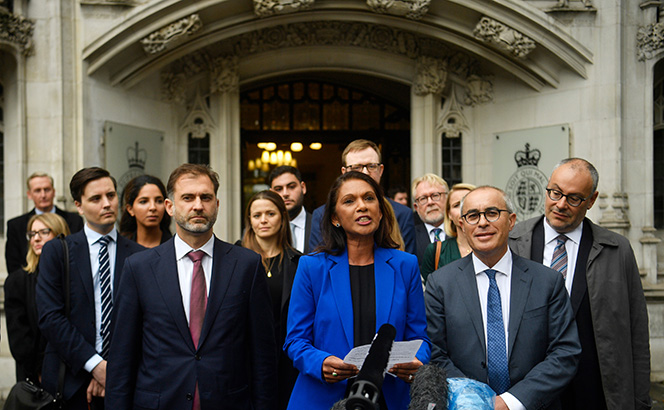
For some, Miller 2 is the most significant constitutional case for centuries. For others, just another act in the Shakespearean tragedy or comedy that is Brexit. As an editor of the UK Constitutional Law Blog I have found that lawyers made just as much fuss about the first case brought by Gina Miller in relation to Article 50 as they have over this recent decision. And yet still the constitution carries on; apocalyptic predictions of its demise are surely exaggerated?
It can certainly be argued that it takes more than a high-profile litigator, even one who gets two bites of the cherry (forgive the pun), to overturn our 800-year old constitution. But Miller 2 is, jurisprudentially, very different from Miller 1. It will take time to assimilate the various strands of the decision and we also wait to see whether the courts use it as a launch-pad into further political space. But simply in terms of its reasoning and robust language it already represents a far more assertive judicial attitude to Crown-Parliament relations than we have seen before. Although dressed up as a defence of Parliament, make no mistake, the Court is asserting its own constitutional position under the guise of being Parliament’s trouble-shooter. And if the Supreme Court follows up with further strident interventions in other areas of political decision-making, for example surrounding implementation of the ‘Benn Act’, the consequence could be a self-transformation of our highest appellate court into a constitutional court, comparable to other politically-engaged judicial powerhouses around the world.









